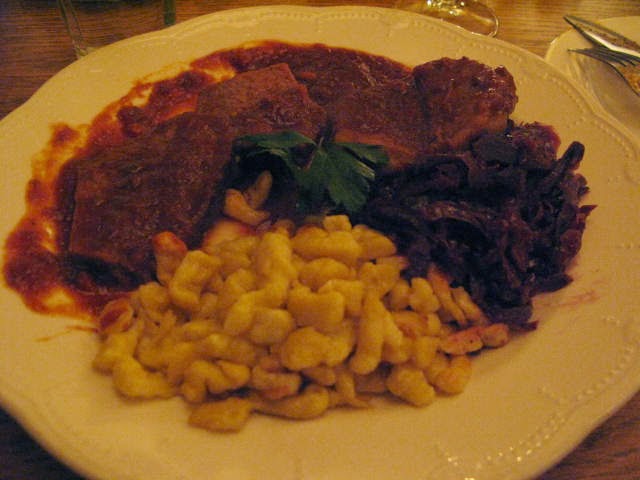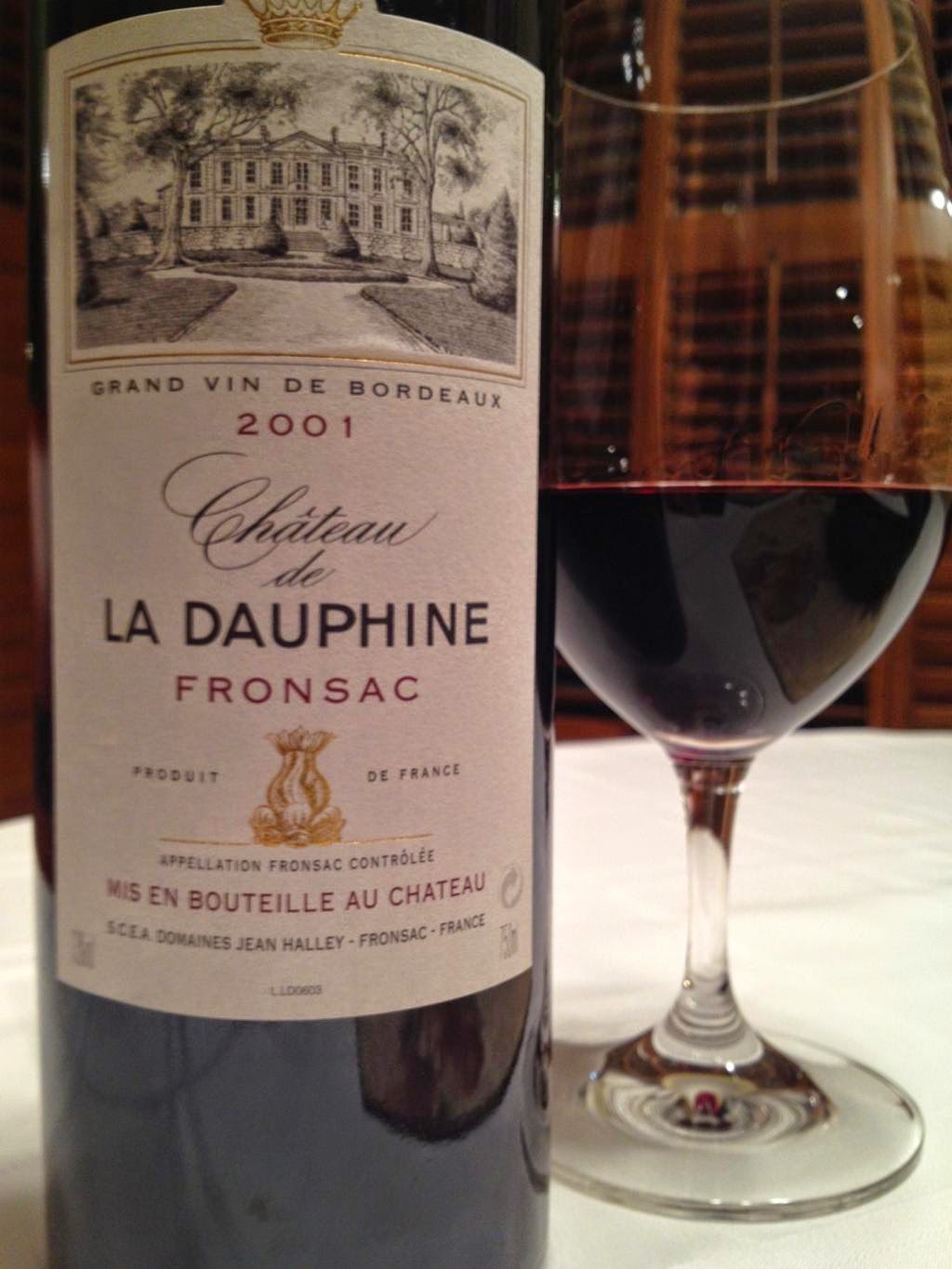The most direct route is through Ontario, entering Canada at Detroit to Windsor across the Ambassador Bridge. Our destination the first day was Niagara Falls, Ontario. Neither of us had ever seen the falls, so we thought that would be a fun stopover. Thanksgiving in the U.S. is not a holiday in Canada, so everything was open.
Niagara Falls is a natural wonder that must be seen in person to comprehend it. Awesome is a word that has been cheapened by its use in everyday language, but it is a word that is appropriate for the falls. The power, the amount of water, the sound, the falls are both thrilling and terrifying up close. The photo above shows Horseshoe Falls, the larger of the two main falls and mostly on the Canadian side. Below is a view of American Falls, which is just downstream from Horseshoe Falls.
Here's a short video.
Here's my sweet wife. The temp was about 25° F, cold but not unmanageable. The morning after Thanksgiving dawned with about four inches of new snow, so we were extra careful getting back across the border and onto the New York Thruway near Buffalo.
We made it to Geneva in time for lunch, then visited the first producer on our schedule, Red Tail Ridge Winery on the west side of Seneca Lake. This winery was founded by a California couple who worked in the wine business, then relocated to the Finger Lakes to grow grapes and make their own wine. Like most producers here, their best wines are Rieslings. They also make unoaked and barrel-fermented Chardonnay and a couple of reds, including Pinot Noir. We like the Rieslings, especially in the dry style.
Here's a little background on the Finger Lakes. They are long, narrow, very deep lakes, running north and south and formed by ancient glaciers, roughly south and between Rochester and Syracuse. It's a cool climate, good for growing aromatic white grapes. The region is very rural and very beautiful with many picturesque small towns. The lake in the middle of the image above is Seneca Lake. That's where we are. We spent our first day on the west side with plans to stay overnight and spend the second day on the east side.
Our next stop of the day was Hermann J. Wiemer (pronounced weemer) Vineyard in Dundee. Herman Wiemer emigrated from Germany and was a pioneering vintner in the Finger Lakes, paving the way for many of today's successes. He's retired now and his apprentice, Fred Merwarth, now owns and runs the estate. Like Red Tail Ridge, we really liked the Riesling in the dry style, but the others were not very inspiring.
It is a beautiful estate. Here's a photo of the old farm home on the property next to the winery.
They also produce sparkling wine. Here you can see the bottles of sparkling wine in their riddling racks. Every so often, the bottles are turned slightly for the dead yeast cells to settle in the necks of the bottles. Then the bottle necks are frozen, the bottles opened to expel the frozen yeast particles, then corked again.
I suppose it's no surprise that the wineries would be busy on the day after Thanksgiving when many people are not at work. The tasting room was crowded and the staff member pouring the wine didn't have time to talk much. An elbow-to-elbow experience isn't as enjoyable as a more leisurely encounter. Plus, most people in a situation like this are just out for a fun afternoon, not really serious about the wine. Mary and I call it the rolling party. They migrate from winery to winery. And they don't spit, so I'm sure they become dangerous out there on the roads. I guess we're just sticks in the mud, but we're more interested in the behind-the-scenes aspects of wine. When we pull in to a winery and see a tour bus, we just keep going.
The west side of Seneca Lake is gorgeous. Here are a couple of snaps we took on our way to our final appointment of the day.
Our next stop of the day was Hermann J. Wiemer (pronounced weemer) Vineyard in Dundee. Herman Wiemer emigrated from Germany and was a pioneering vintner in the Finger Lakes, paving the way for many of today's successes. He's retired now and his apprentice, Fred Merwarth, now owns and runs the estate. Like Red Tail Ridge, we really liked the Riesling in the dry style, but the others were not very inspiring.
It is a beautiful estate. Here's a photo of the old farm home on the property next to the winery.
They also produce sparkling wine. Here you can see the bottles of sparkling wine in their riddling racks. Every so often, the bottles are turned slightly for the dead yeast cells to settle in the necks of the bottles. Then the bottle necks are frozen, the bottles opened to expel the frozen yeast particles, then corked again.
I suppose it's no surprise that the wineries would be busy on the day after Thanksgiving when many people are not at work. The tasting room was crowded and the staff member pouring the wine didn't have time to talk much. An elbow-to-elbow experience isn't as enjoyable as a more leisurely encounter. Plus, most people in a situation like this are just out for a fun afternoon, not really serious about the wine. Mary and I call it the rolling party. They migrate from winery to winery. And they don't spit, so I'm sure they become dangerous out there on the roads. I guess we're just sticks in the mud, but we're more interested in the behind-the-scenes aspects of wine. When we pull in to a winery and see a tour bus, we just keep going.
The west side of Seneca Lake is gorgeous. Here are a couple of snaps we took on our way to our final appointment of the day.
Our next and final appointment of the day was at Kemmeter Wines, owned by Johannes Reinhart. Now this is more like it!
We've been doing some reading about the Finger Lakes and are fascinated by his story. He is a German who was working on the family estate with his father. Johannes is the 13th generation, I think. He and his father didn't agree on certain points about wine production and Johannes ultimately left the family estate and found his way to the U.S. where he has been the winemaker at Anthony Road Winery since around 2000. In the last couple of years he has been working on his own project, Kemmeter Wines. Johannes brings European knowledge and history to winemaking and it shows in his wines.
I think the basis for great Riesling is the balance between fruit, acidity, and alcohol. Many Rieslings have residual sugar that makes them sweet, which is fine, but without enough natural acidity to balance the grape sugar, it can taste cloying and seem clumsy. If there isn't enough acidity present, I think it's preferable to ferment the juice all the way dry. If the acidity is very high, a little residual grape sugar actually improves the balance. Johannes has found that balance in both his dry and off-dry Rieslings. Mary and I both love the Kemmeter wines. I think they're as good as a fine German or Alsace Riesling.
After we left Johannes, we made our way around to the other side of Seneca Lake to Chateau Lafayette Reneau, which is both a winery and a bed-and-breakfast. We got there just before dark, too late for photos.
Dinner was at Daño’s Heuriger, an Austrian-Hungarian restaurant in Lodi NY. The food seemed similar to German, which was exciting to Mary. Here, you see one of her favorites, sauerbraten with pickled red cabbage and spaetzle. Mary describes the sauerbraten this way: It is a pot roast that has been marinated in vinegar for several days and then slowly roasted in the oven until tender. This sauerbraten had a gravy that had some tomato in it, so it was nice and spicy. Spaetzle is like a little dumpling made with flour and eggs and water and the dough is pushed through a sieve before cooking in hot water.
I had a selection of sausages like knockwurst, bratwurst, and a Hungarian sausage with sauerkraut and green beans. We both enjoyed our dinner completely.
The wine was an
Anthony Road Winery Riesling Finger Lakes 2013. This is also one of Johannes'
wines. Like the Kemmeter wines, it had that great energy and tension between
fruit and acidity. It was fermented almost dry with just enough residual
sugar to give it a little more richness of texture without heaviness. It was
aromatic of lemon and peach with similar flavors on the palate, along with a
nice mineral note. It was only 12.0% alcohol.
That's our post for today. We hope you liked it. Tomorrow we're spending the day on the east side of Seneca Lake. Check back for another post about our visit to the Finger Lakes. Thanks for reading Cépage et Cuisine. Until next time,
Cheers!
Brian♥Mary




















